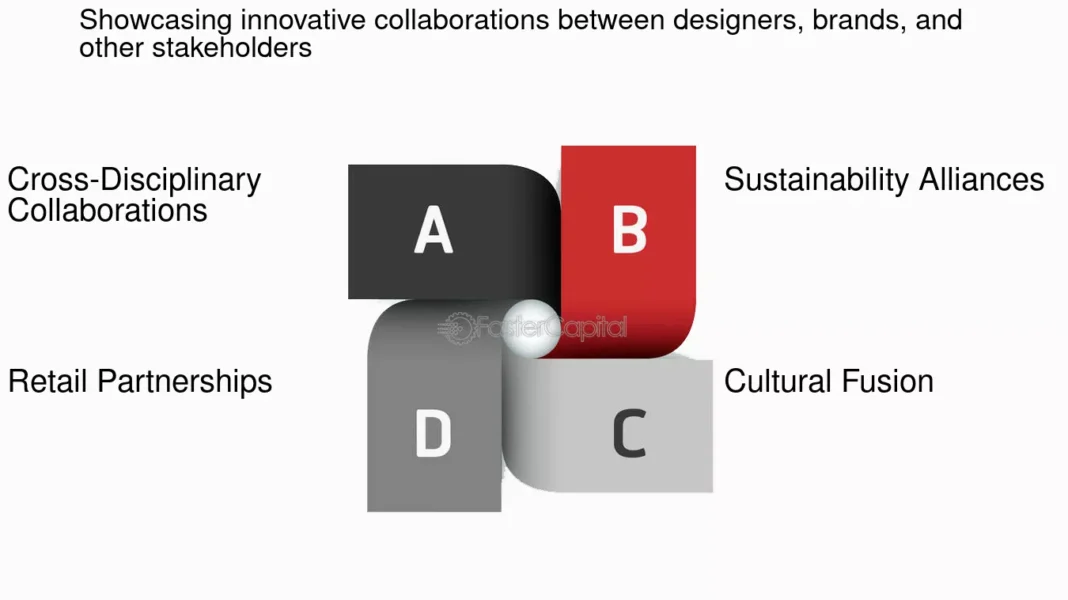It is no secret that the fashion industry and all the disciplines it encompasses (cosmetics, luxury goods, accessories, etc.), due to their dynamic nature and constant evolution, operate in an extremely demanding and competitive environment. However, this is not a place where the law of the jungle (the law of the strongest) reigns supreme, quite the contrary. This fierce competition has legal and commercial limits, which are, of course, enforced through self-regulation or legislative imperatives.
The fashion industry is one of the most well-organized sectors in the market, and this is no mere coincidence. The complex logistics and vast number of legal regulations it has to deal with undoubtedly mean that all factors of production are perfectly synchronized each new season. It is a race against time, where the end consumer admires the creativity of the design, which is only the tip of the iceberg of a huge production chain. Pure collaborative synergy.
One of the most developed tandems in the creative industries is associated with well-matched innovation and creativity. Both elements are synonymous with the fact that industrial and artistic collaborations in fashion are nothing more than the best opportunity for innovation and experimentation with new ideas, styles, and techniques that attract the attention of users and consumers in a market that is always full of new things. Some of them are disruptive, valuable, and incredibly popular from a commercial point of view, with sales and long queues in shopping malls waiting for the latest models. Collaboration and partnership in fashion is a powerful tool for ensuring the necessary growth and strength.
One of the least known alliances in the fashion world is the one that was born as a result of
close cooperation between lawyers and designers, brands, bloggers, cosmetics,footwear, digital marketing, etc. The fashion industry as a whole, developing around theworld, invariably faces major legal challenges that go far beyond the protection of intellectual property (trademarks, industrial designs, image rights, etc.).
In 2000, American lawyer Susan Scaffidi introduced the term Fashion Law as a legal response to the serious regulatory issues that the industry constantly faces. The symbiosis of law and fashion is a strategic bridge between academia and industry, designed not only to strengthen intellectual and industrial property rights, but also to address a large number of legal issues that need to be resolved, such asmarketing, know-how, labor rights, human rights, commercial contracts, etc.
Another important joint tandem in the fashion sector is related to the recruitment and
selection of personnel and new creative talent, because without the human factor,
the industry cannot survive. Fashion legislation (in terms of labor law), labor sciences (HR), and business administration are increasingly developing effective recruitment strategies using digital tools, job fairs, and collaboration with academies, universities, and design schools to attract talent with technical skills and artistic flair who are able to integrate and adapt to the market and industry. Human resources departments are now looking not only for fashion designers, but also for experts in marketing, sales, and logistics, which are essential professional characteristics for the successful and long-term functioning of a business.
Ultimately, collaboration and partnership with other key players in the industry helps to strengthen and stimulate innovation in order to effectively reach new audiences. That is why loyal cooperation with other designers or other industry partners at the national and international level is synonymous with more efficient use of resources and talent, which is
undoubtedly linked to the success, prestige, and seriousness of the business.
ALEXANDRO KLOCK VARAS
INTERNATIONAL LAWYER
Mediator in civil and commercial matters
info@alejandroklock-lawyer.com
www.alejandroklock-lawyer.com
+372 5456 4595





